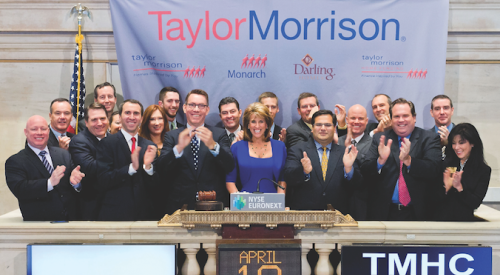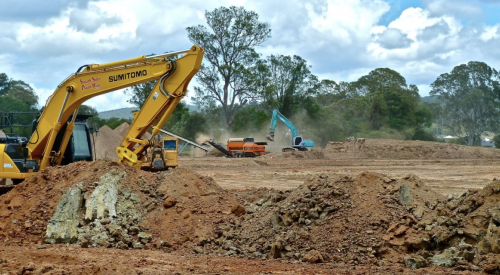|
D.R. Horton and Pulte Homes both forecast immense unit and revenue growth as they continue to duel for the top spot in PB’s rankings. But there are reasons to believe their targets will be hard to hit.
“Pulte says they’re going to do 60,000 units,” UBS Warburg analyst Margaret Whelan reports. “Two weeks later, Horton says they’ll do 64,000. It doesn’t surprise me. They’re Texans. They always want to be the biggest.” Whelan cautions that the deck is stacked against both companies. “Wall Street is a lot more conservative on acquisitions today. Any deal that results in a lot of goodwill [the amount by which the sale price exceeds the tangible book value of assets] is not going to be viewed positively.”
What about publics merging with other publics?
“Forget it,” consultant Michael Kahn says. “You can’t do pooling of interest anymore under the new accounting rules. You have to use purchase accounting. With these companies trading at multiples of eight or more times earnings, goodwill would be huge. The builders are afraid to book it.”
Subtract acquisitions, and you’re left with organic growth. There’s plenty to worry about on that front, too. Credit Suisse First Boston analyst Ivy Zelman says sprawl puts public builders at risk. “They have to feed their machines, which are insatiable,” she says. “The only place to find cheap land is by going farther and farther out, and those far-out locations are really at risk if demand slows. Are they pioneers who will succeed, or do they risk getting an arrow in the back?”
The industry’s shortage of management talent also limits organic growth. Many builders already complain that talent is spread so thin it’s hard to add new locations, let alone divisions.












